Italy is one of the most popular destinations in the world for tourists. Though you might think it’s going to be extremely similar to any typical Western nation, there are actually a lot of little quirks and rules to know about traveling through Italy. After having been to Italy over 10 times, these are some of the things I’ve personally picked up on that are specific to Italy. I’ve still got a lot of learning to do, so if there’s anything crucial that I missed, let me know in the comments below!
1. Tap Water Is Safe to Drink… But Most Locals Do Not
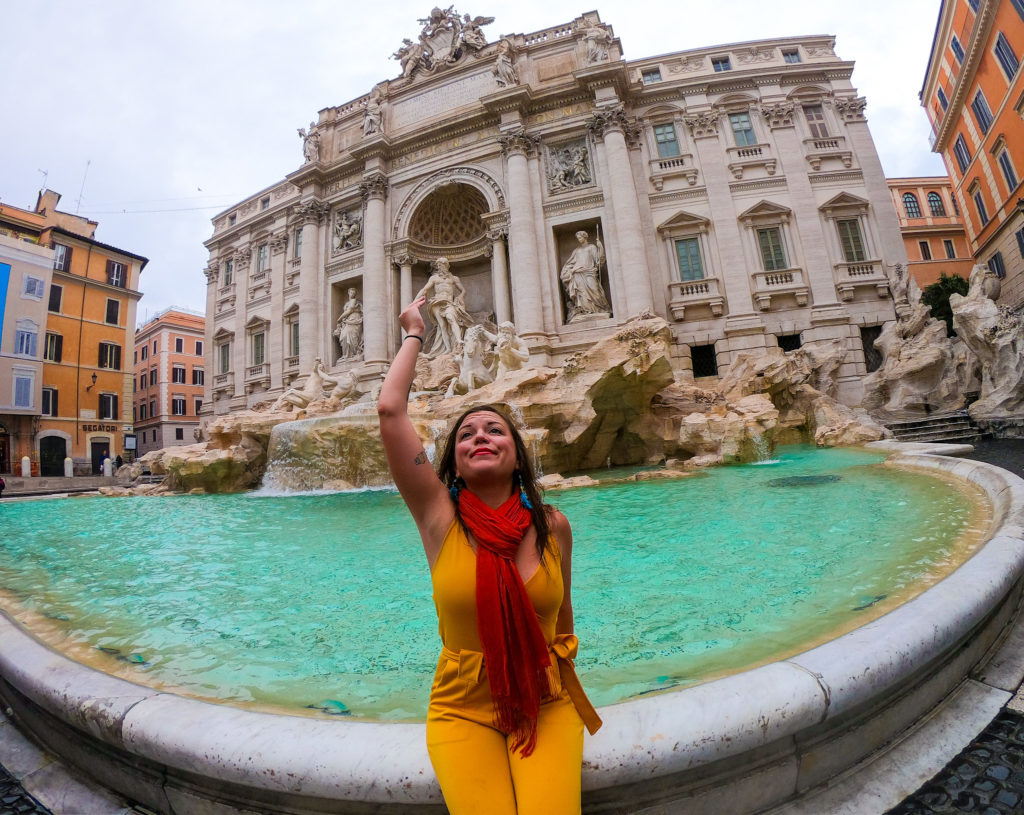
The tap water is perfectly fine to drink in Italy. If you are in a hotel or Airbnb or even a hostel, feel no fear of what you might experience in Thailand, and feel free to use the local tap to pour your coffee or even just some water for yourself.
2. Water in Restaurants Is Never Free
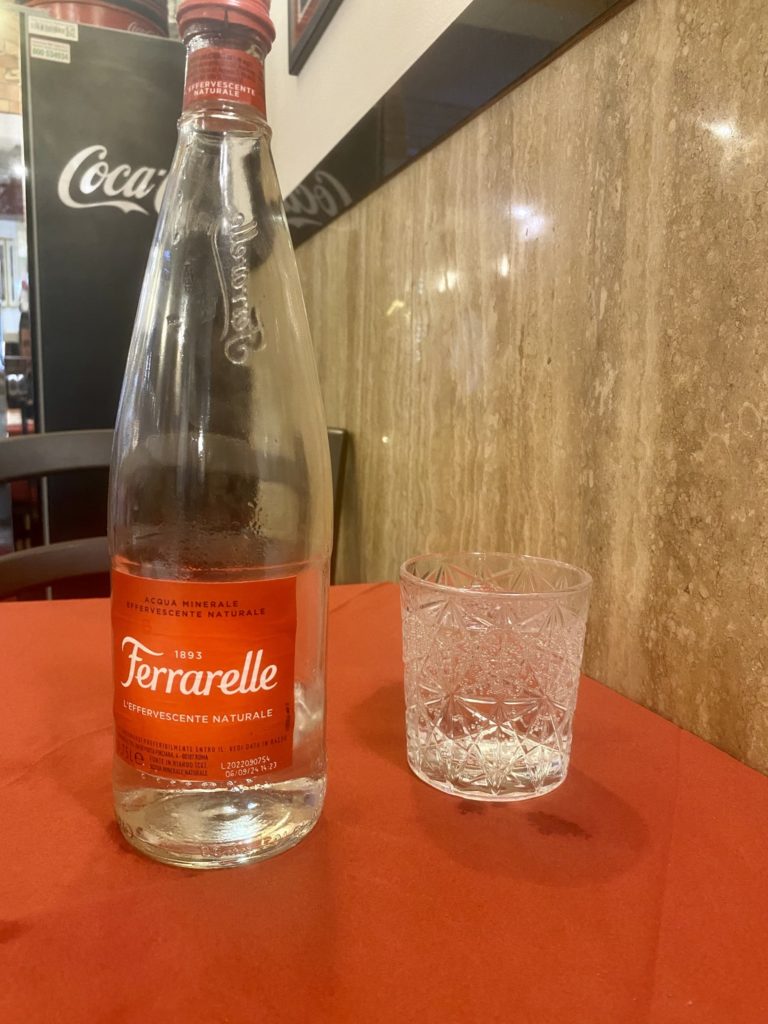
When you go to restaurants, it is not like the US where you will be given tap water. You will be asked “agua frizzante” or “naturale.” Naturale = flat. Frizzante = sparkling. They are the same price, you might as well go for the sparkling if that’s what you prefer. It is often served in at least the size of a liter, meaning if you’re a solo traveler, you’ll be extra hydrated! In places like Positano, it can be upward of 6 euro, but in more affordable destinations such as Naples, you’re unlikely to ever be charged more than 2 euro.
3. Restaurants Have Cover Charge (“Coperti”)
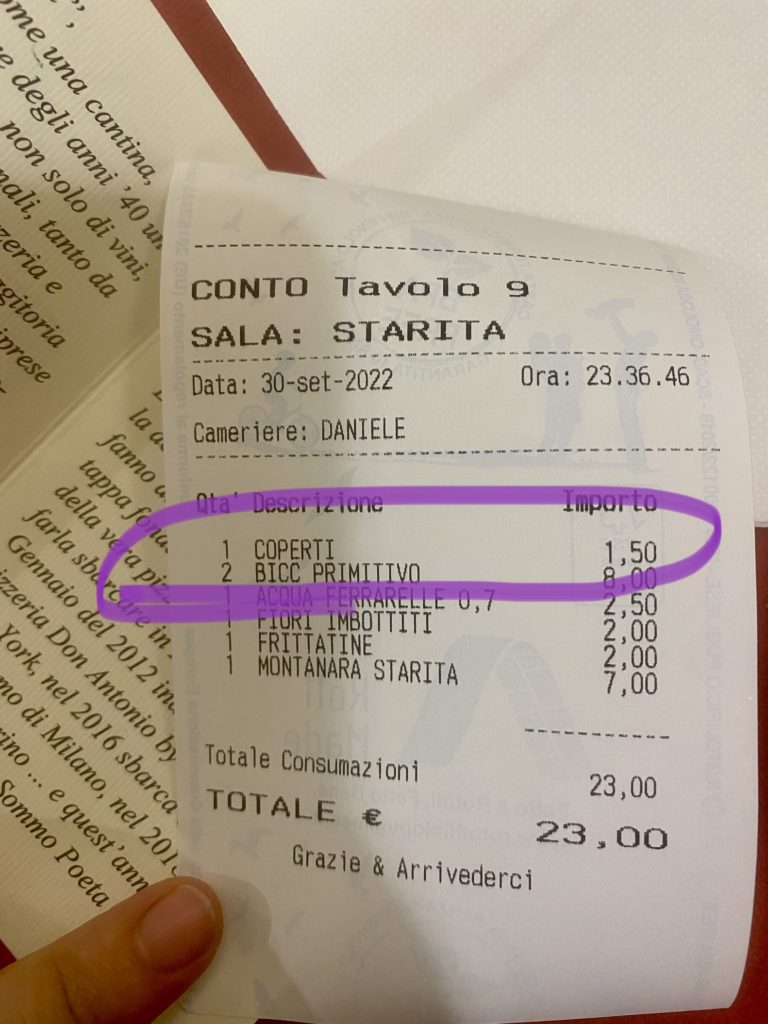
“Coperti” = cover charge. This will be found on every single restaurant in Italy. This is the typical charge of to cover expenses, and in place of a tip. A typical coperti is 1.50, though, in touristic places such as Venice, they might try to tell you its as high as 25 euro. NEVER pay more than a few euro for coperti, and if you’re truly concerned, ask ahead of time.
4. Tipping Is Optional (And Seldom)
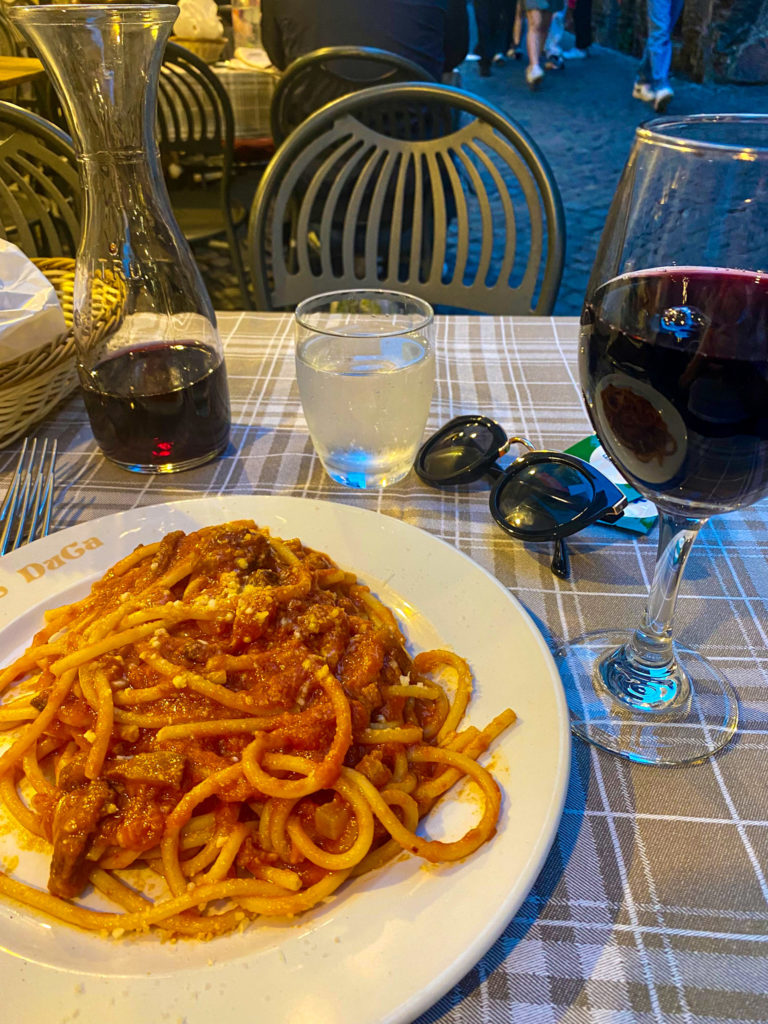
Tipping is really not a thing in Italy. This is what coperti is for. Like most places (other than the US), if the service is truly above and beyond friendly, you can leave a few extra coins, but it’s not necessary or even expected in Italy, so feel no shame in walking away from the bill after paying it to the exact change.
5. Appertivo
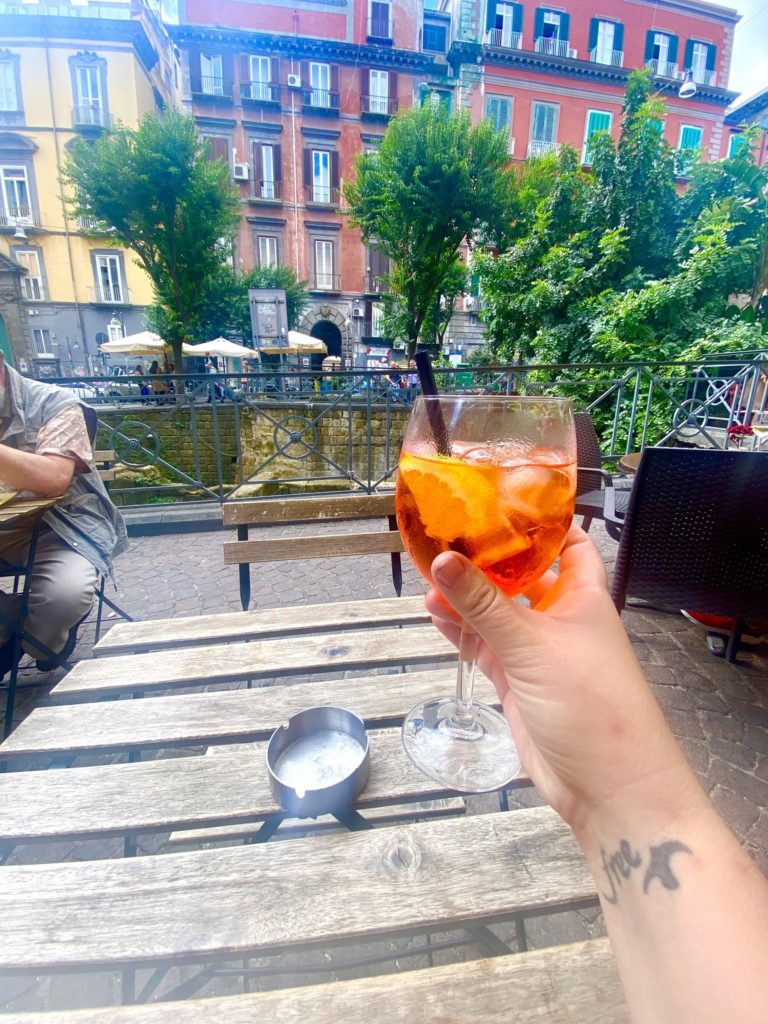
Typical hours between lunch and dinner, so nearly anytime after 3 and until 6-7PM, there’s a beautiful, magical practice in Italy called appertivo. It’s where you go, order a beverage (for most, an Aperol Spritz), and you are given a plethora of snacks with your drink. It’s kind of like unlimited food with one drink, so think opposite of an American happy hour! It’s a great way to spend a late afternoon.
6. Dinner Starts Late
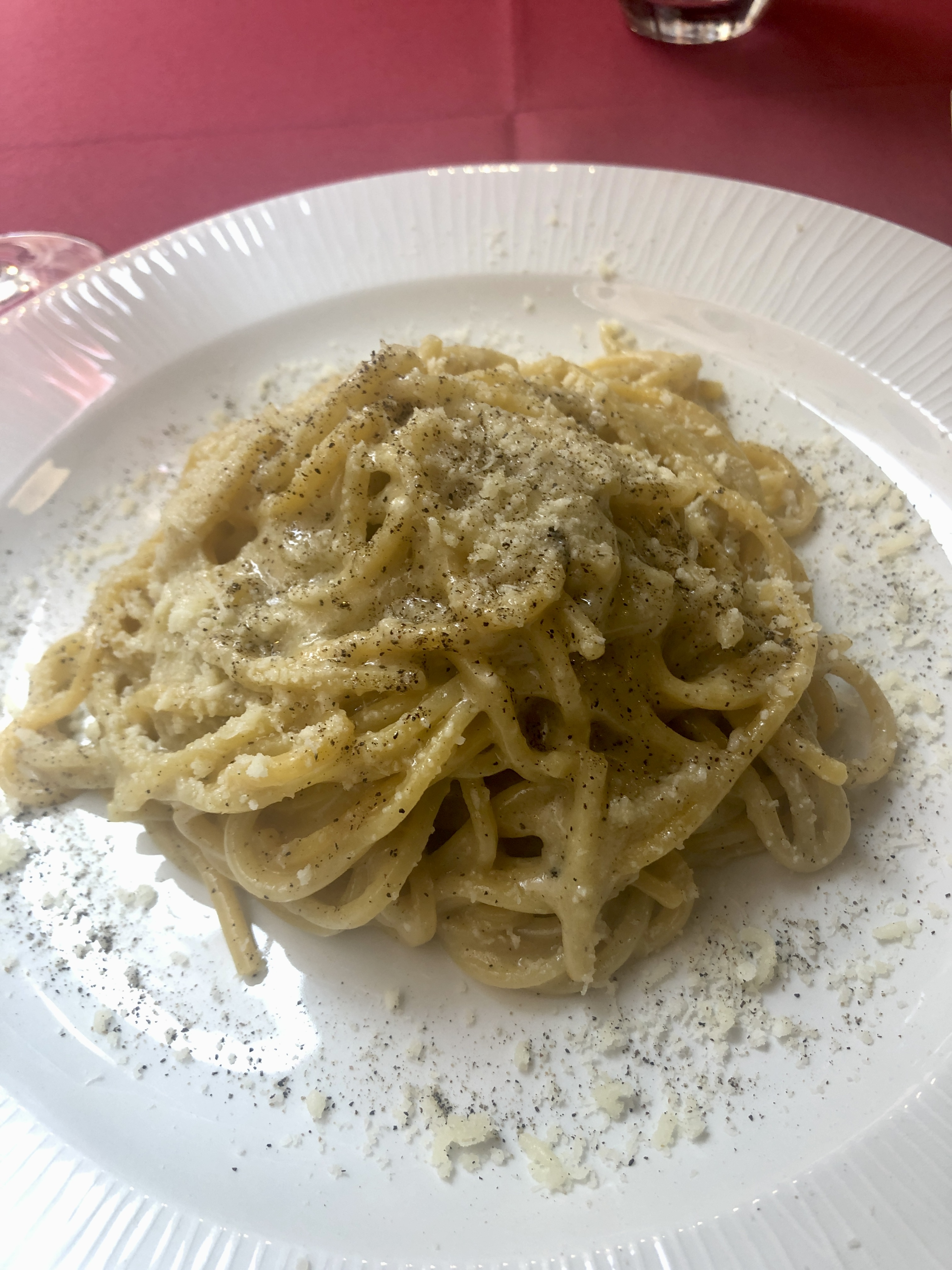
Dinner starts late in Italy. Most families, couples, and diners in general don’t sit down until about 8:30/9PM. Most restaurants do not even open for dinner service until about 7/7:30. Don’t let walking by a nearly empty restaurant make you think it’s bad; it’s just that it’s early, and most likely, by 9PM, every place will be packed.
7. Life is Slow, Don’t Rush
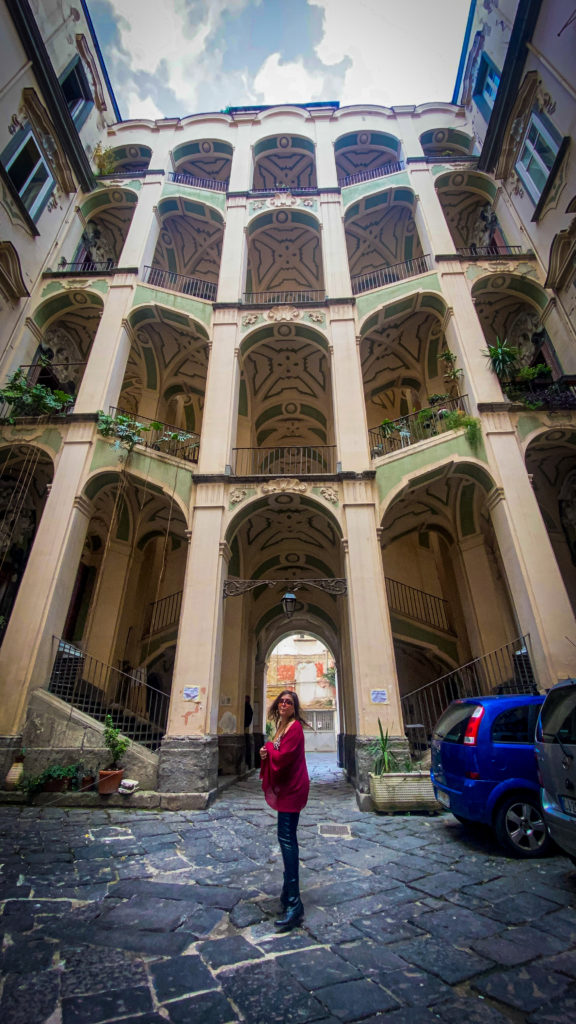
Life in Italy is generally slow. People walk slower (at least if you’re from NYC like me, you’ll notice this), it’s not normal to order appetizers and main course at the same time, and in general, Italians just take their time and enjoy the simple things. It’s beautiful to witness and be a part of, and part of the reason I love Italy so much. We could all take a lesson from Italians and learn to slow it down. “Piano, piano” or “slowly, slowly” is the way of life.
8. It’s Normal to Drink Alcohol (But Not Binge)
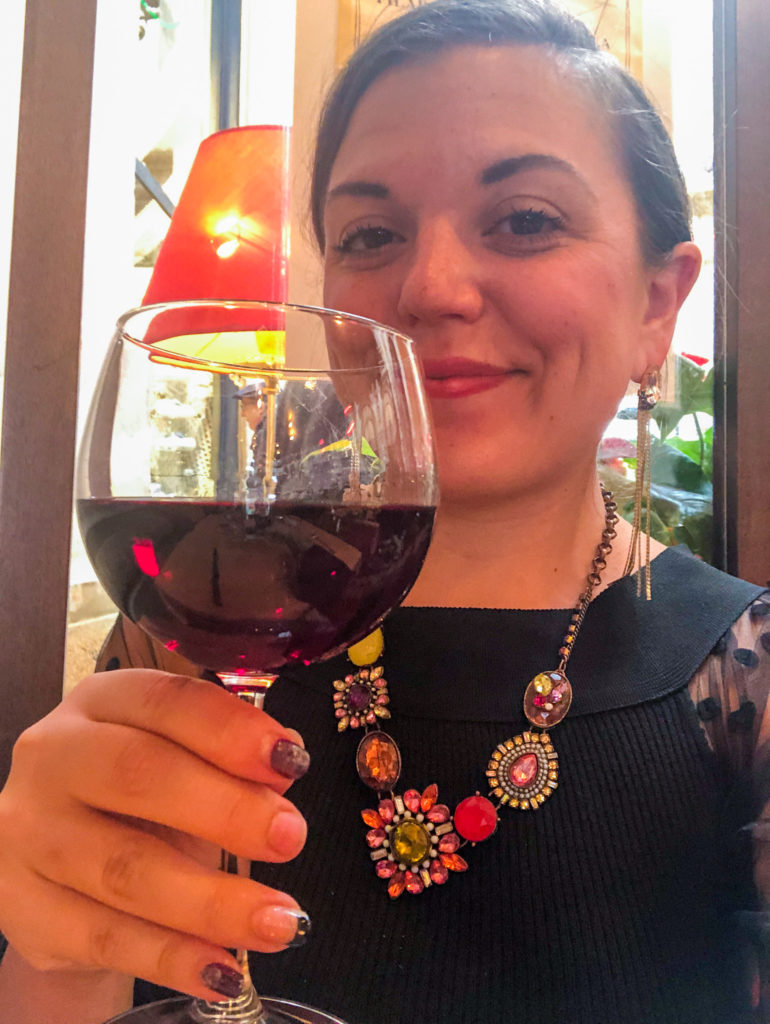
No matter what time of day you are out for a meal, or a stroll, you’ll notice people around you drinking. It’s not party-centric, however. It’s simply standardized conduct when out dining (and wining). Something admirable about Italians is it’s unlikely to ever get totally sloshed. We aren’t in Australia or the USA here. A glass of vino or two, often served in a carafe and shared amongst family members and diners is the norm. Speaking of which…
9. It’s Common For Limoncello or Amaro After Dinner
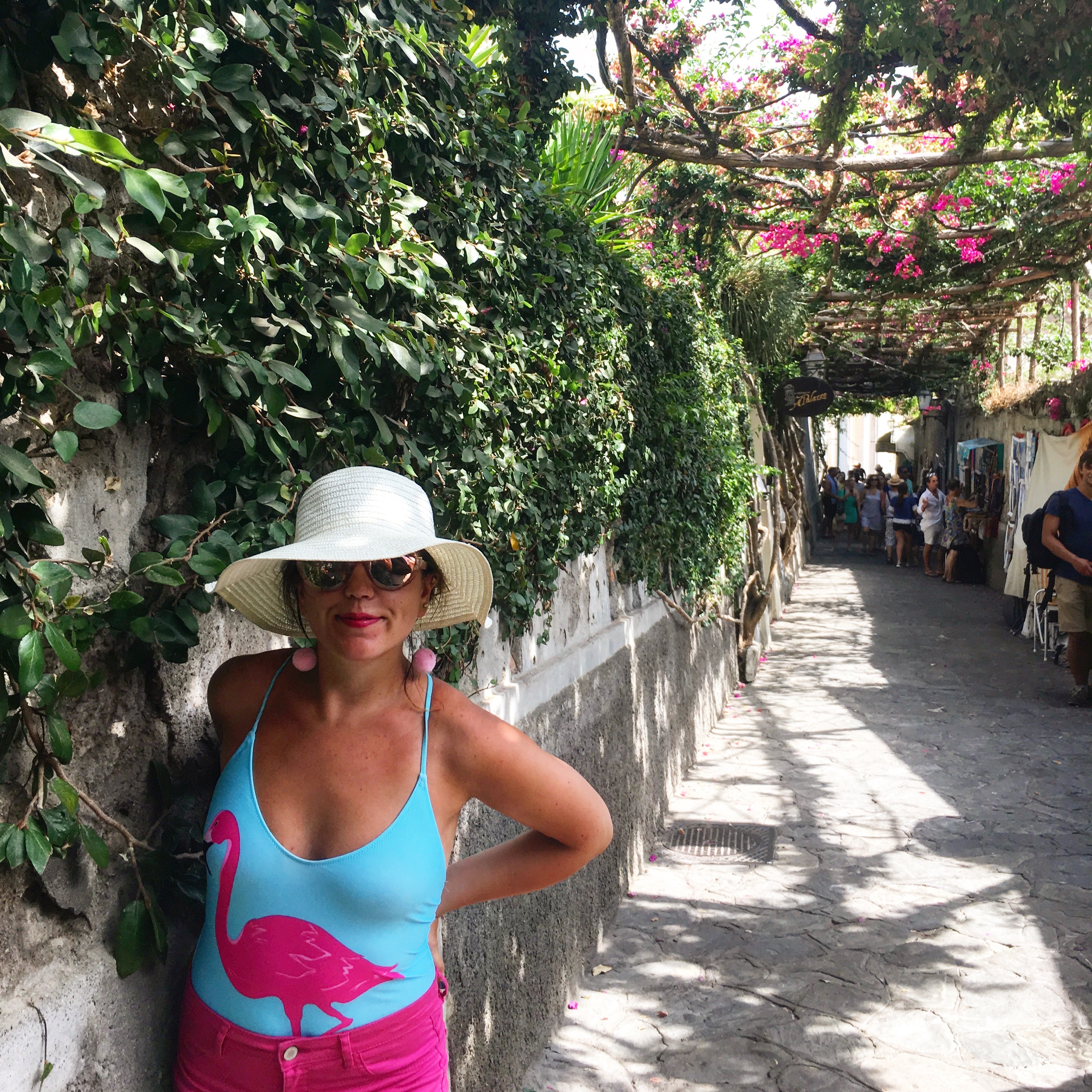
After dinner drinks are commonly offered in Italy, in fact, they are almost expected. Many times when your meal is offer, you will simply be asked, “limoncello, amaro?” and of course, “Cafe?” for coffee. If you choose to partake in a limoncello or amaro after dinner, it will come in a shot glass but is meant to be sipped. I learned this from experience of shooting limoncello after a dinner with a large group of Italians.
10. Coffee Culture Is Real
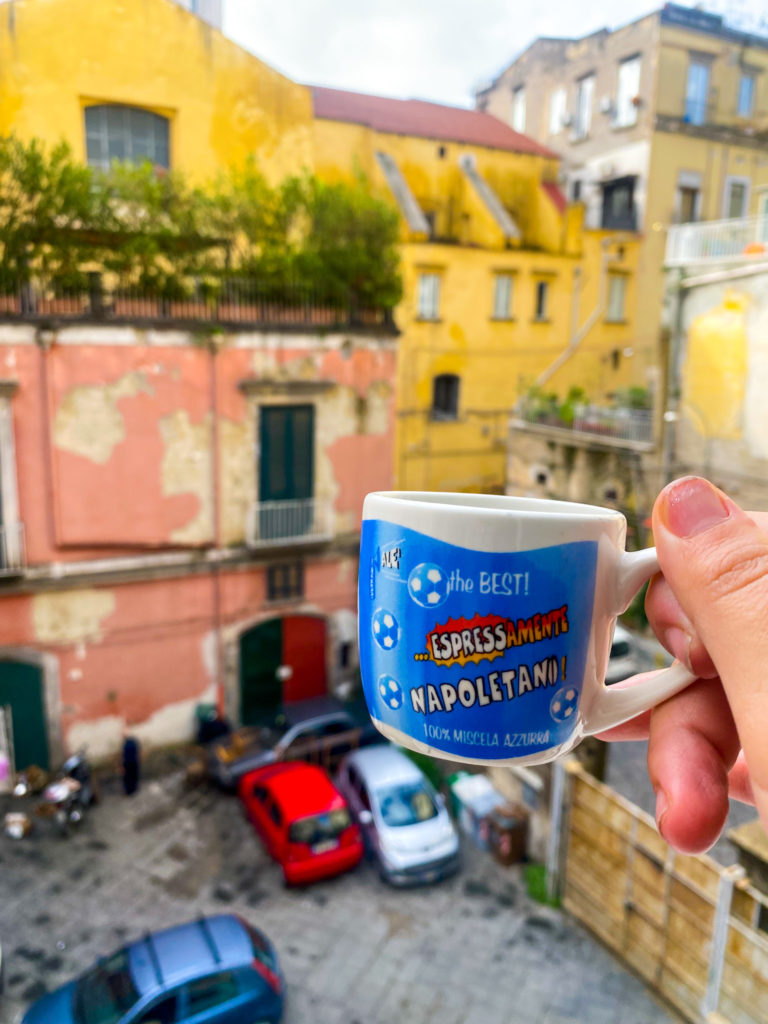
The Italians are particular about only a few things, and coffee probably tops that list. Never, and I mean NEVER, order a cappuccino after noon. In fact, it should really only be drank at breakfast, if even that. Of course, if you want to do like the locals do, just stick to your good ol’ espresso. To order coffee at a cafe/coffee bar in Italy, the protocol goes as follows: 1- You go up to the cashier, place your order, pay. 2- The cashier gives you a receipt. 3- You go over to the physical bar itself (usually right next to the cashier), place your receipt down, while standing up. 4- The barista sees your receipt and makes whatever your coffee order was. 5- Your coffee beverage is placed in front of you, and you drink it standing up. 6- You get the F out of the way and move on with your day!
Drinking coffee in Italy is a fun experience that’s unlike anywhere else in the world.
11. It’s Affordable If You Know Where To Go
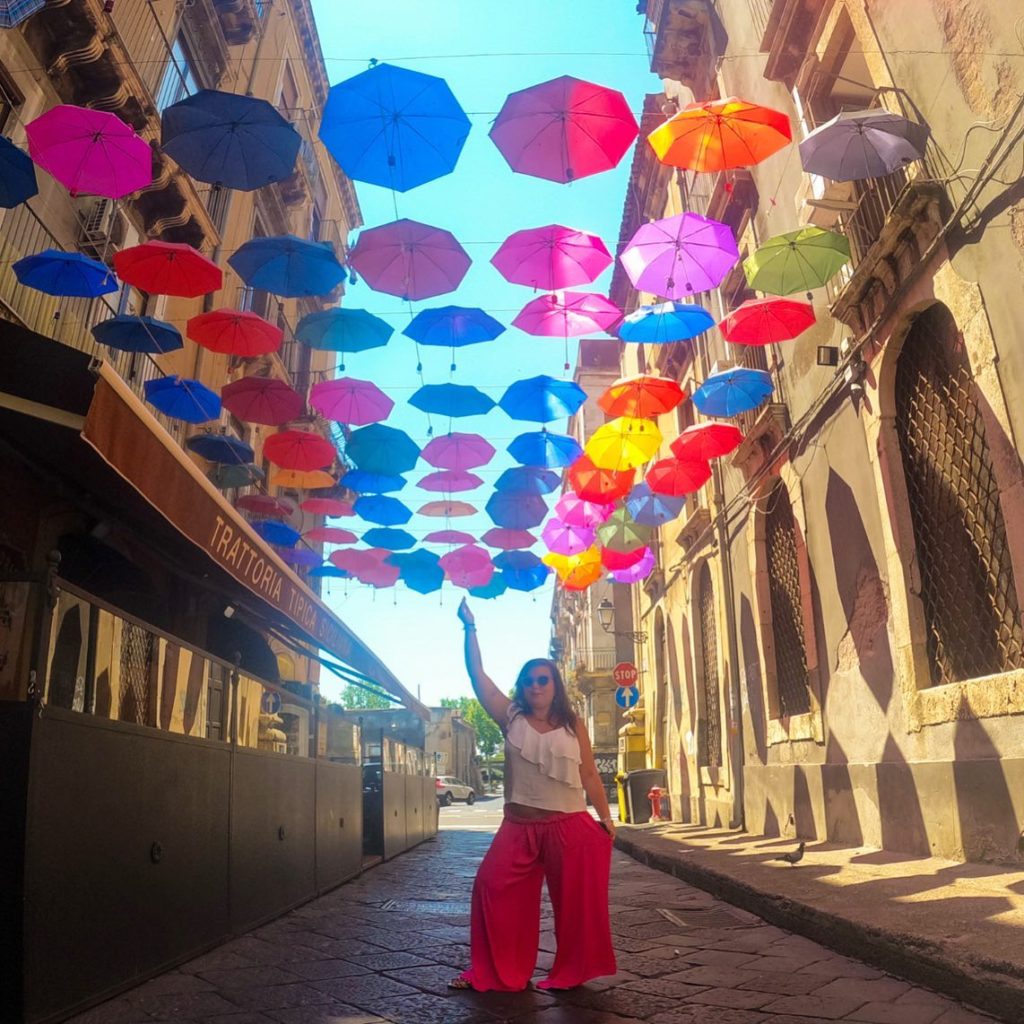
Long gone are the days where traveling to Italy was a budget destination. Now, cities such as Venice, Rome, Florence, and especially The Amalfi Coast have prices that compete with the likes of Paris and New York. However, not all of Italy has to be outrageously expensive. Head to somewhere just a little removed from the city and you’re bound to save some coin. Bologna is about an hour from Florence, and though not particularly a budget-destination, it’s not as expensive as its nearby popular neighbor. The best steal in my humble opinion is a visit to Naples. In Naples, a spritz will cost you 1 euro (in Milan, spritz are often 5-8 euro depending on where you are), a pizza about 4 euro (in Rome, pizzas are 10-12 euro), and accommodation is often floating around $50-60/night. Sicily also is full of great deals. Puglia is another great spot to save some money. One of my personal favorite budget destinations in Italy is Matera.
12. The Train is The Best Way To Get Around
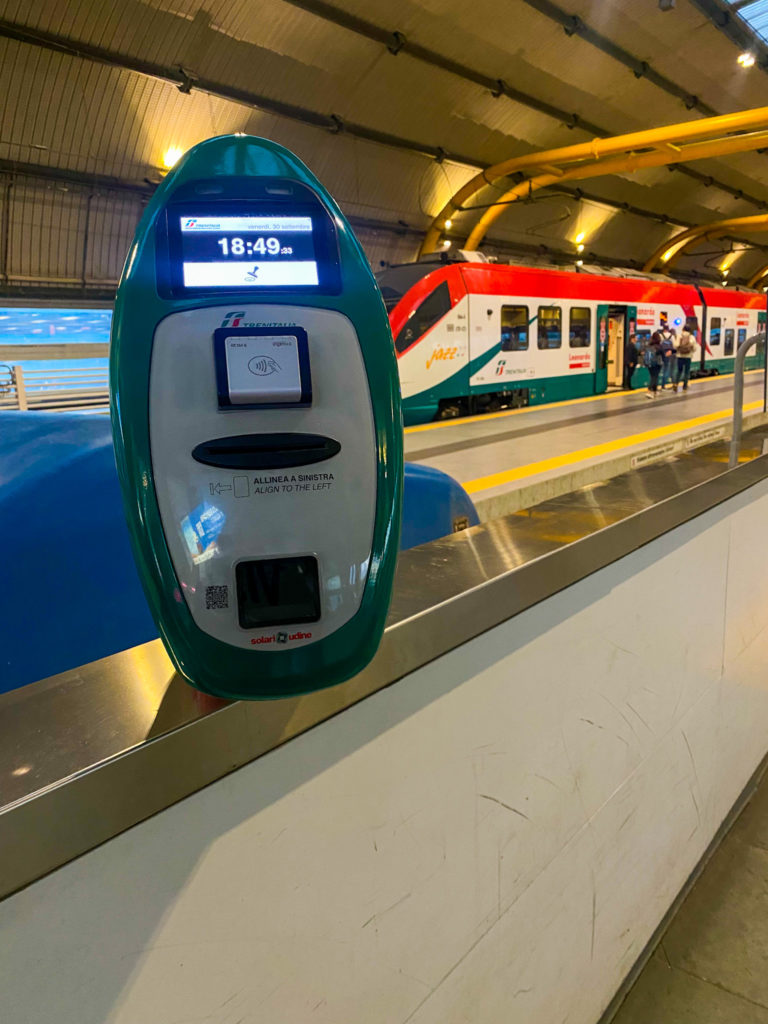
If you’re in Italy for only a short period of time and want to knock out the major tourist sites, your best bet by a long shot is to rely on the super efficient TrenItalia. Italy, like Japan, has bullet-speed trains, making a commute from places like Rome to Naples, which typically take close to 3 hours, only an hour ride. Though you easily can commute via car or plane, taking a train is the most reliable, with sometimes up to 50 routes a day from popular destinations. It doesn’t entirely break the bank either!
13. English is Widely Spoken (In Major Tourist Spots)

Are you not fluent in Italian? Have no fear. English is widely spoken in most tourist spots because of the great education systems in Italy. Youth are taught to be bilingual in school, and many adults speak some English, or at least enough to get by with a basic conversation. Of course, remember that you are on someone else’s land, so if they do not speak English, getting impatient or rude is never the proper reaction.
14. Public Restrooms Are Usually Not Free

Like most of Europe, if you have to use a public restroom, expect to pay a small fee. It’s often as low as 50 cents, but can sometimes be upward of 2 euro. Pro-tip: just buy a cup of coffee or a pastry or a glass of wine from somewhere nearby, and use a bathroom for free. You might as well put your money toward a product!
15. … And Toilets Don’t Always Have a Lid
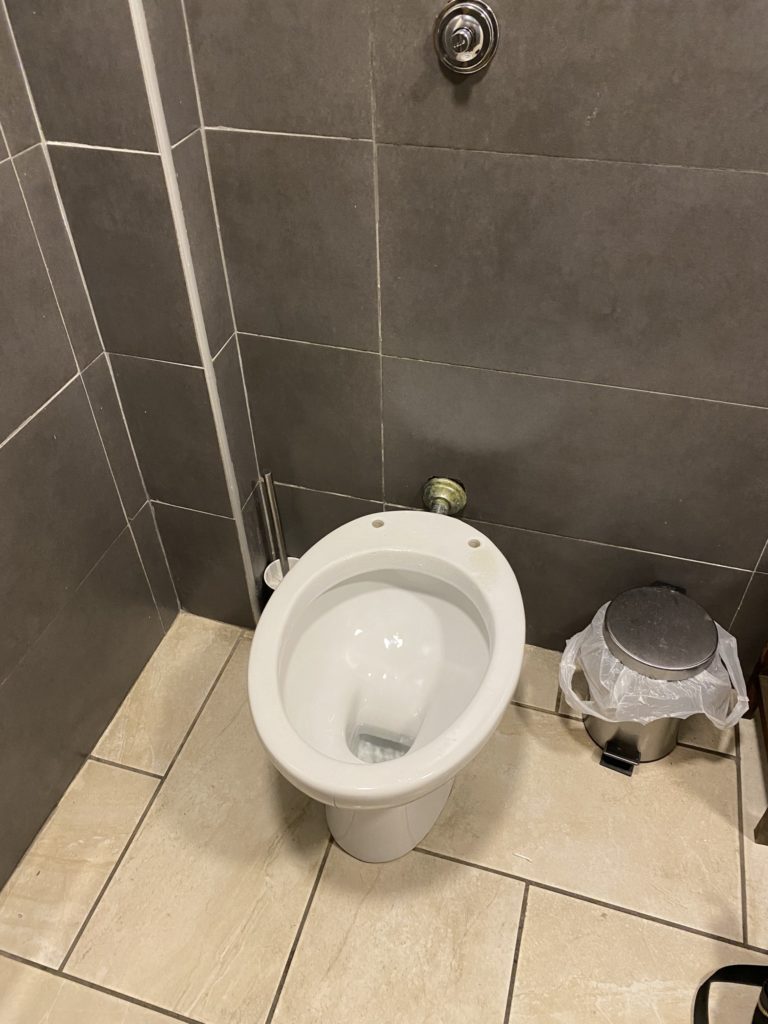
This is something that is featured in The Sopranos episode when Tony and Paulie visit Italy. Paulie goes to use the restroom, and it’s just a toilet with no lid. This is what it’s actually like in most of Italy. Nothing to be alarmed over, simply just a lidless toilet. Just don’t say I didn’t tell you here first!
16. It’s Not All Pasta and Pizza
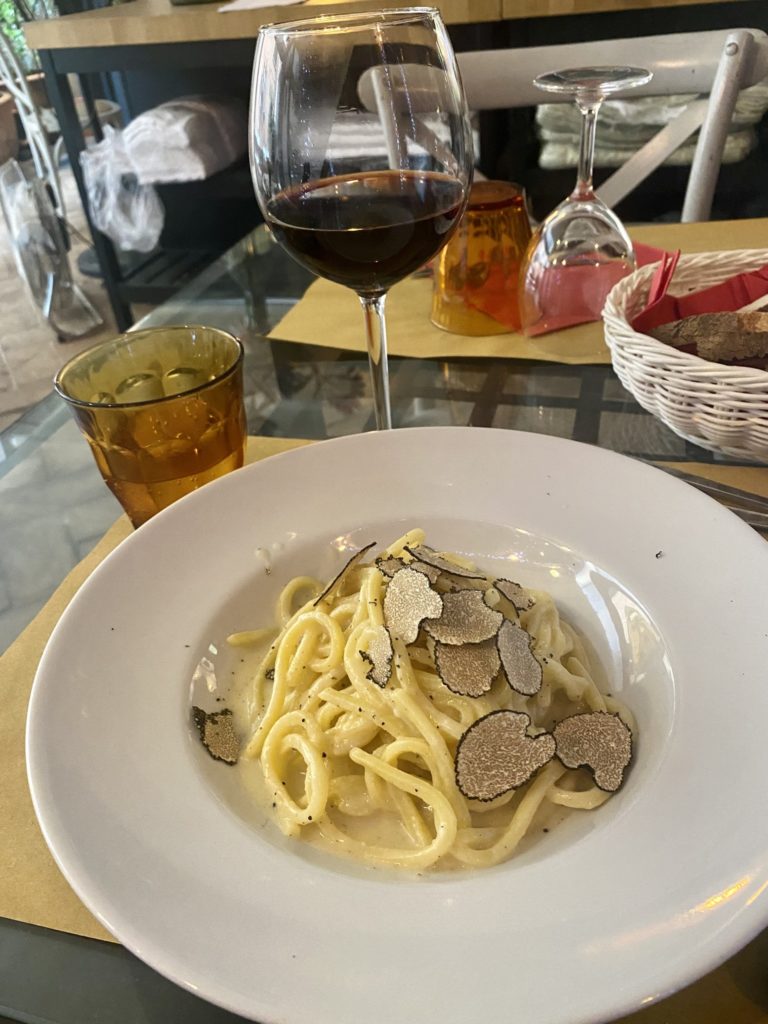
While you easily could survive off of pasta and pizza, you’d be missing out if you did. Italy has some amazing meat and seafood dishes, of course an unlimited amount of cheese, and plenty of veggie dishes such as carciofi and brocollini. The cuisine in Italy varies by region, and my only advice is to eat absolutely as much as you possibly can; you might be full, but it’s unlikely you’ll ever get a bad meal.
17. The Hospitality is Next Level
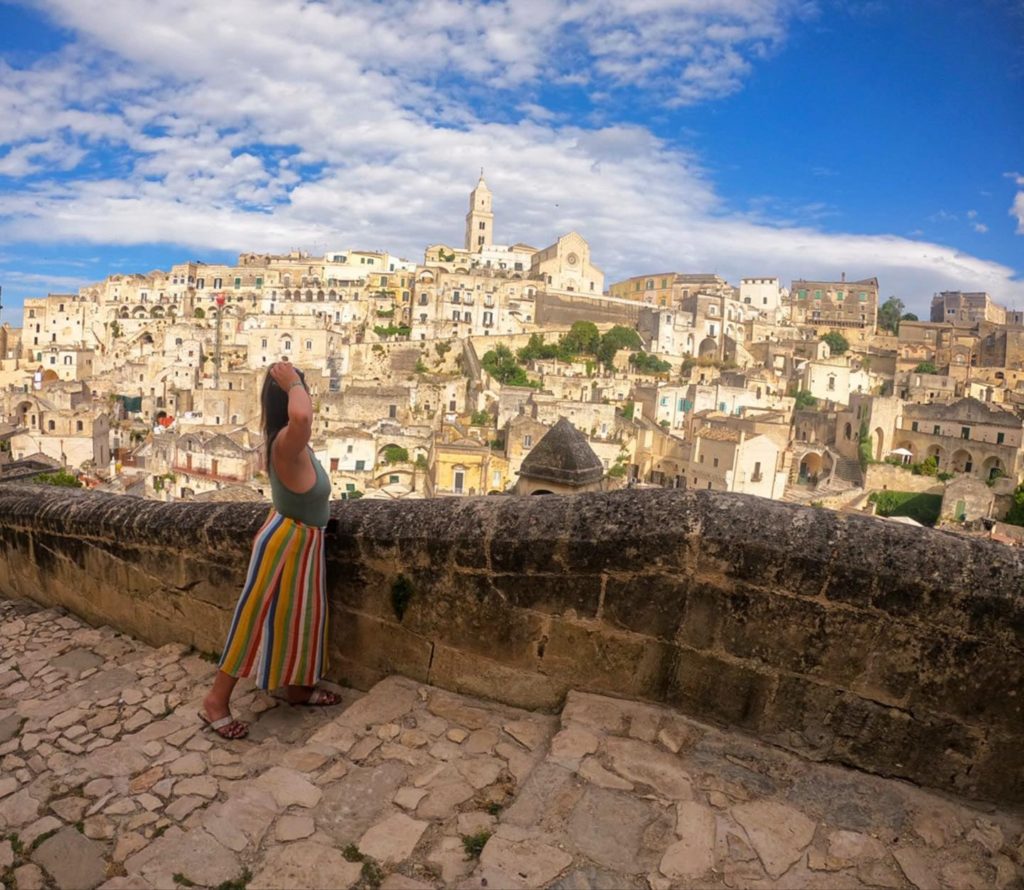
Have you ever visited a nonna’s, or an Italian grandmother’s, house? Then, you know, it’s basically illegal to leave without being stuffed full of delicious food, of her asking whatever it is she can get for you, of her pouring her heart and soul into every little thing she does, every nook and cranny of her house. This is what being in Italy is like. Everyone is an Italian nonna! People truly go above and beyond to make you comfortable here, which is one of the many reasons I love it.
18. … But Every Now and Then, You’ll Get an A**hole
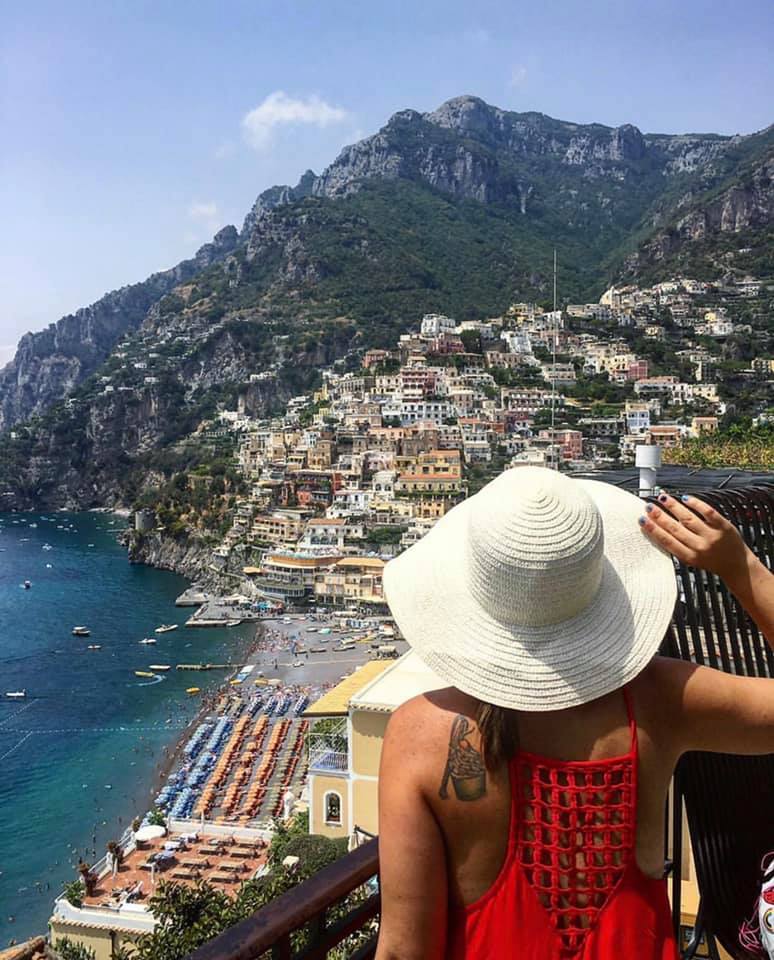
Okay, so not everyone is an Italian nonna. I had a man in Sicily mock me because I attempted to order in Italian. Even worst, I had a man sexually harass me on the long ride from Tropea to Sicily. Many women have scoffed at my refusal to wear a bra. But such is life’ assholes are everywhere. Shake it off and keep it moving.
19. There are Great Beaches
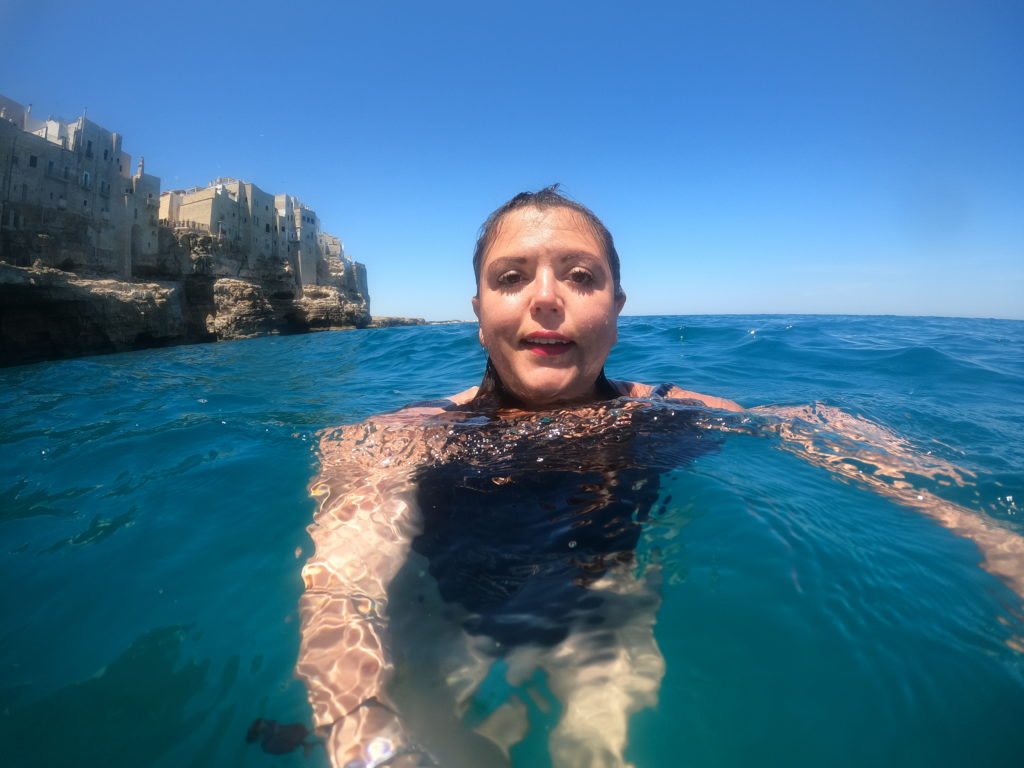
The best European beaches often go to Spain or Greece, but Italian beaches give Santorini and Mallorca a run for their money. Head to the beach town of Tropea, where aqua blue waters pairs perfectly against white crystal sand. Of course, nothing beats Sardinia, but if you’re on the mainland looking for a good beach, anything in Lazio all the way down to Positano will do. Don’t forget that Sicily has some of the clearest waters in Europe, with Taormina and Favignana being two great options for a sun-soaked getaway.
20. Small Towns Are Best Explored By Car
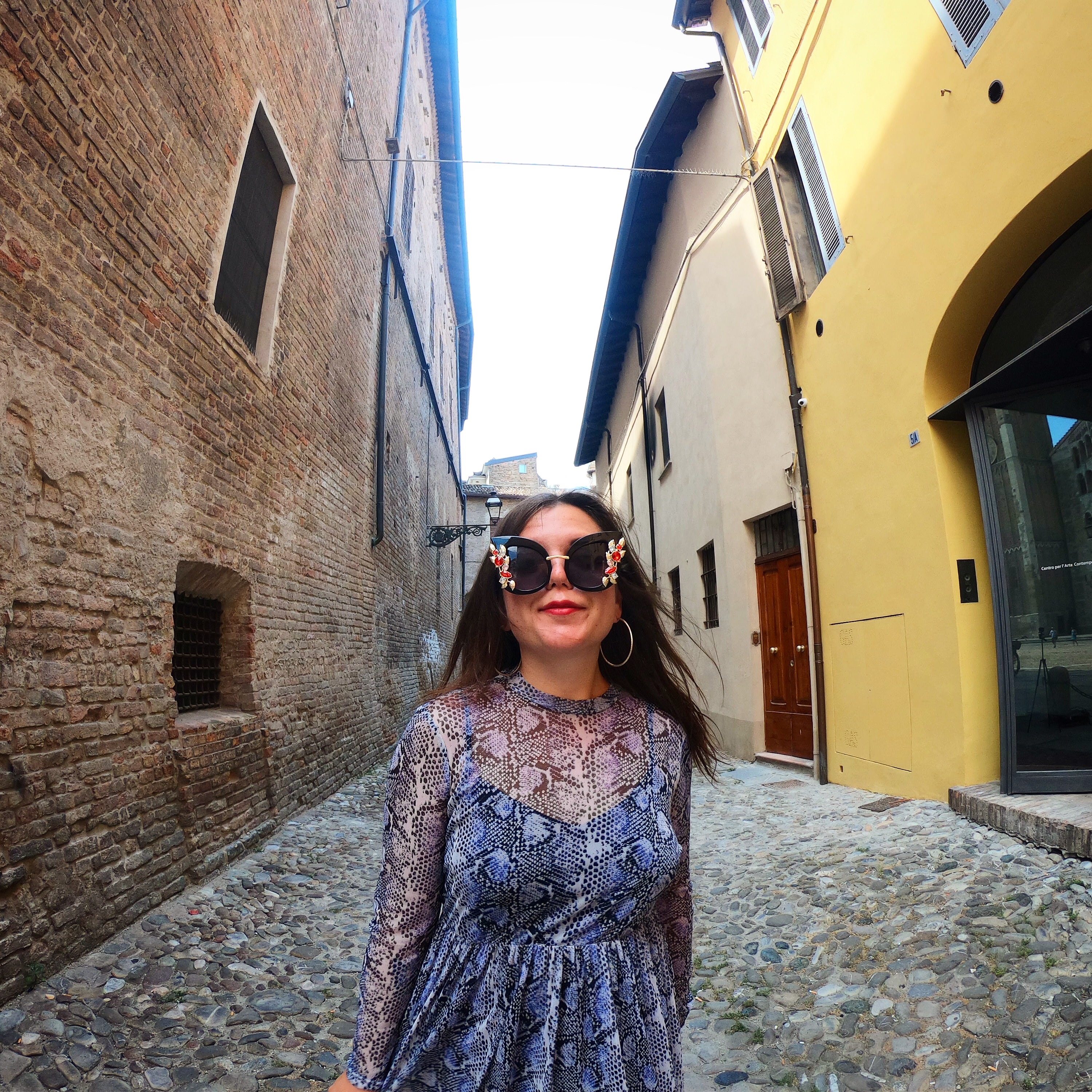
I know, I know. Earlier somewhere up there I said Italy is best explored by trains. This is true for big cities, however, if you want to get out to the countryside (and you should), having a car is a requirement. Be warned, though: driving in Italy is not for the faint of heart. Getting an automatic car is nearly impossible, so you better brush up on those manual gear skills pronto. Traffic is a bit chaotic; two-way streets are often just tiny alleyways, and people drive fast like they have somewhere to be, so be super cautious!
21. The Currency is Euro
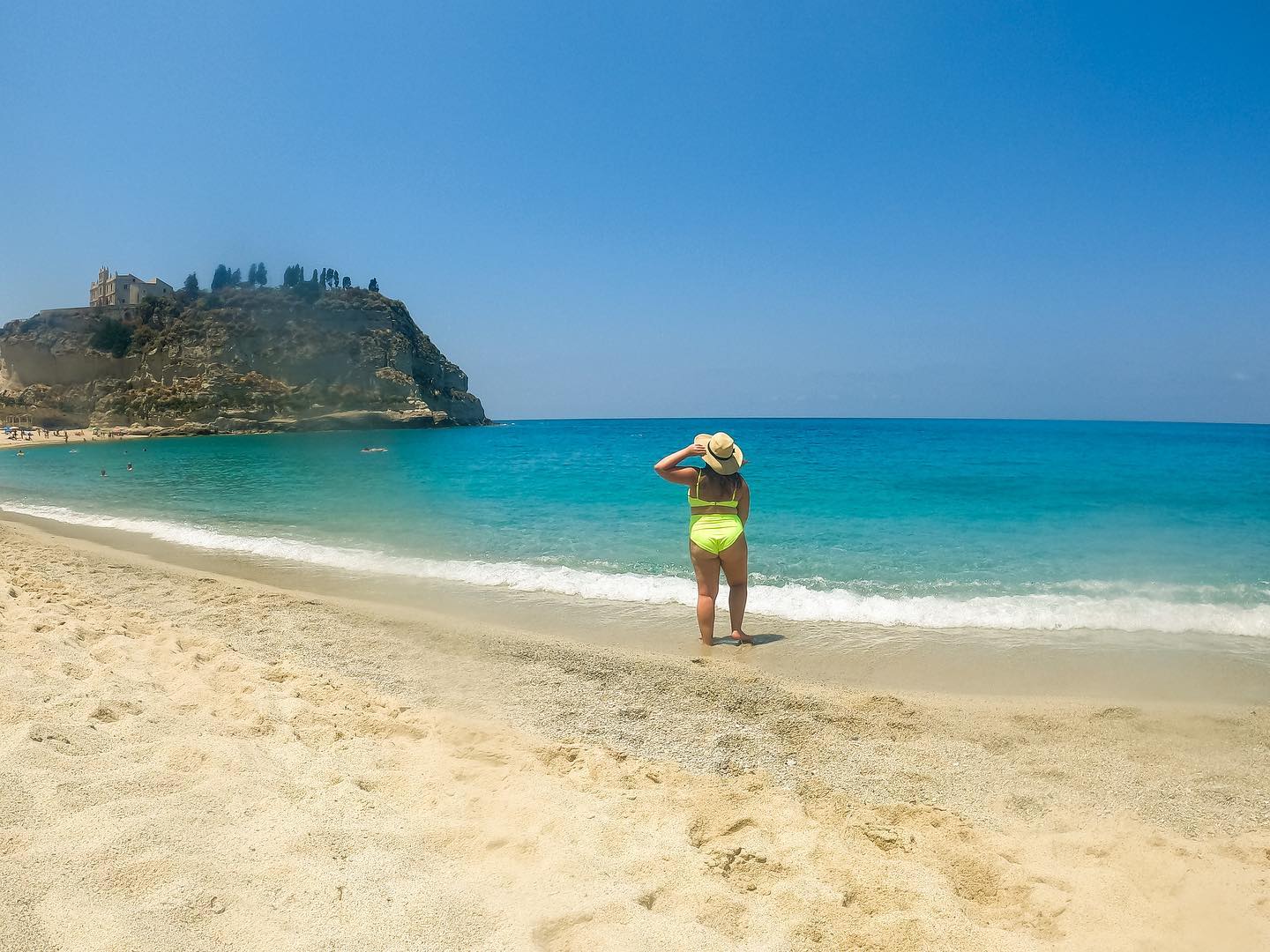
Like most of its neighbors, the currency in Italy is euro. Though the euro constantly changes, it saw a drop in 2022 where it was equivalent to the USD for the first time in a while. With this article being written in Fall of 2022, the euro is still equivalent to about 1 USD. Most places in Italy take card, but having cash on hand never hurts.
22. How to Greet: Buongiorno, Buonasera, Ciao
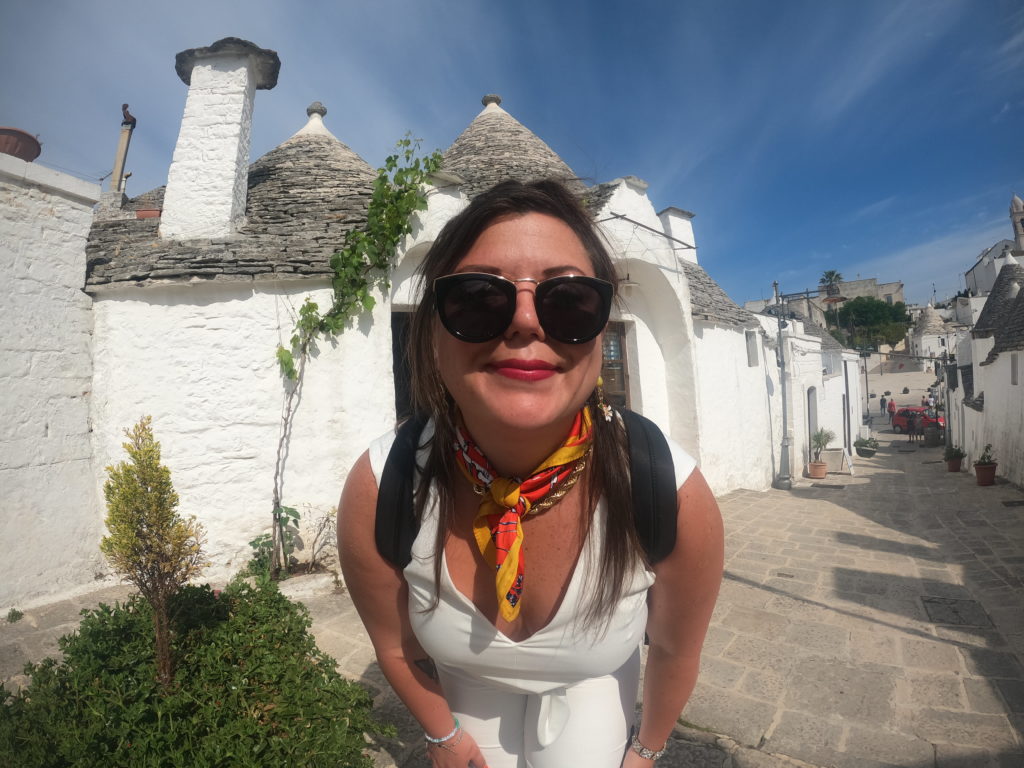
It might all seem confusing as to how to greet people in Italy, but I promise it’s quite simple.
Ciao = a casual hi, and the best way I remember it is by comparing it to “aloha.” It translates to both hello and goodbye, so you can say it upon greeting or upon leaving.
Buongiorno = for the morning/afternoon. It technically translates to “good morning,” but you can say it up until about 5PM. For example, if you walk up to a coffee counter and it’s 4:45PM, saying buongiorno before you place your order won’t make you look like a total weirdo.
Buonasera = for anytime after 5PM. “Buonesera” translates to “good night,” but not in the way English speakers think of it. You can say “buonasera” as a greeting in Italy. For example, “Buonasera Kaitlyn, how are you?” is a perfectly acceptable way to greet someone anytime after 5PM.
23. It Is Within The Top 5 Countries Of Most Catholic Churches per Capita
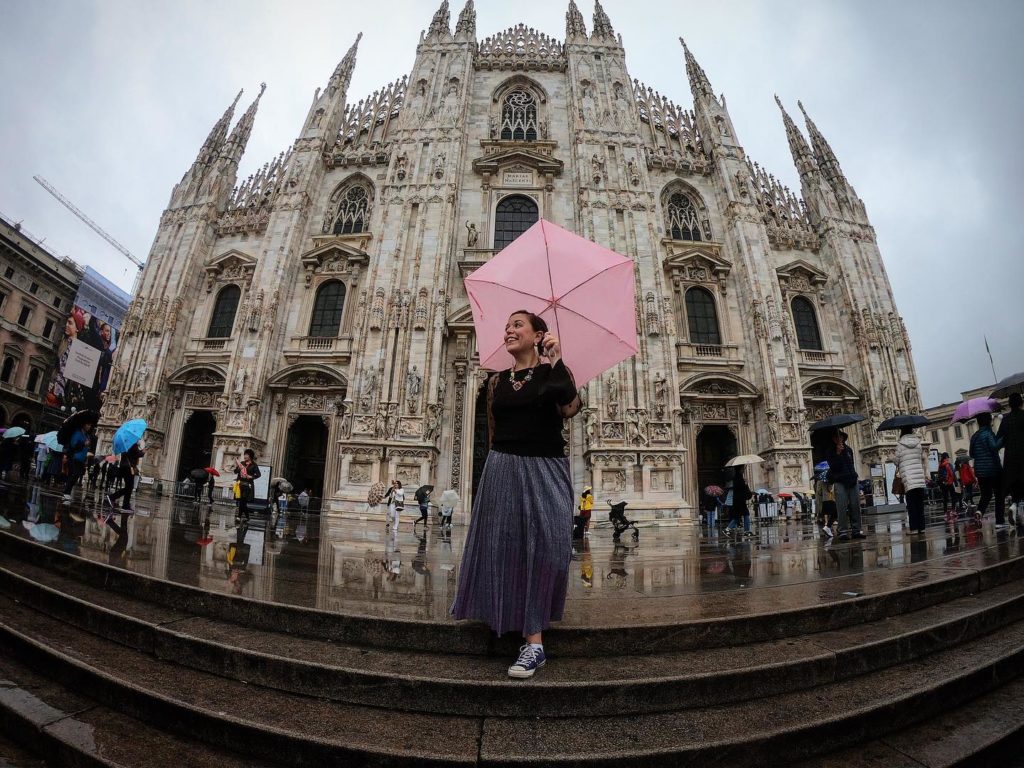
It is impossible to walk around any town or city in Italy without passing a Catholic church. They are literally everywhere, and they are all beautiful in their own right. Italy, along with Brazil, Mexico, The Philippines, and the United States, holds the title for one of the top 5 countries with the most Catholic churches per capita. My personal favorite, as cliche as it is, is the Milano Duomo. The architecture is stunning.
24. There Are Two Landlocked Countries Within Italy
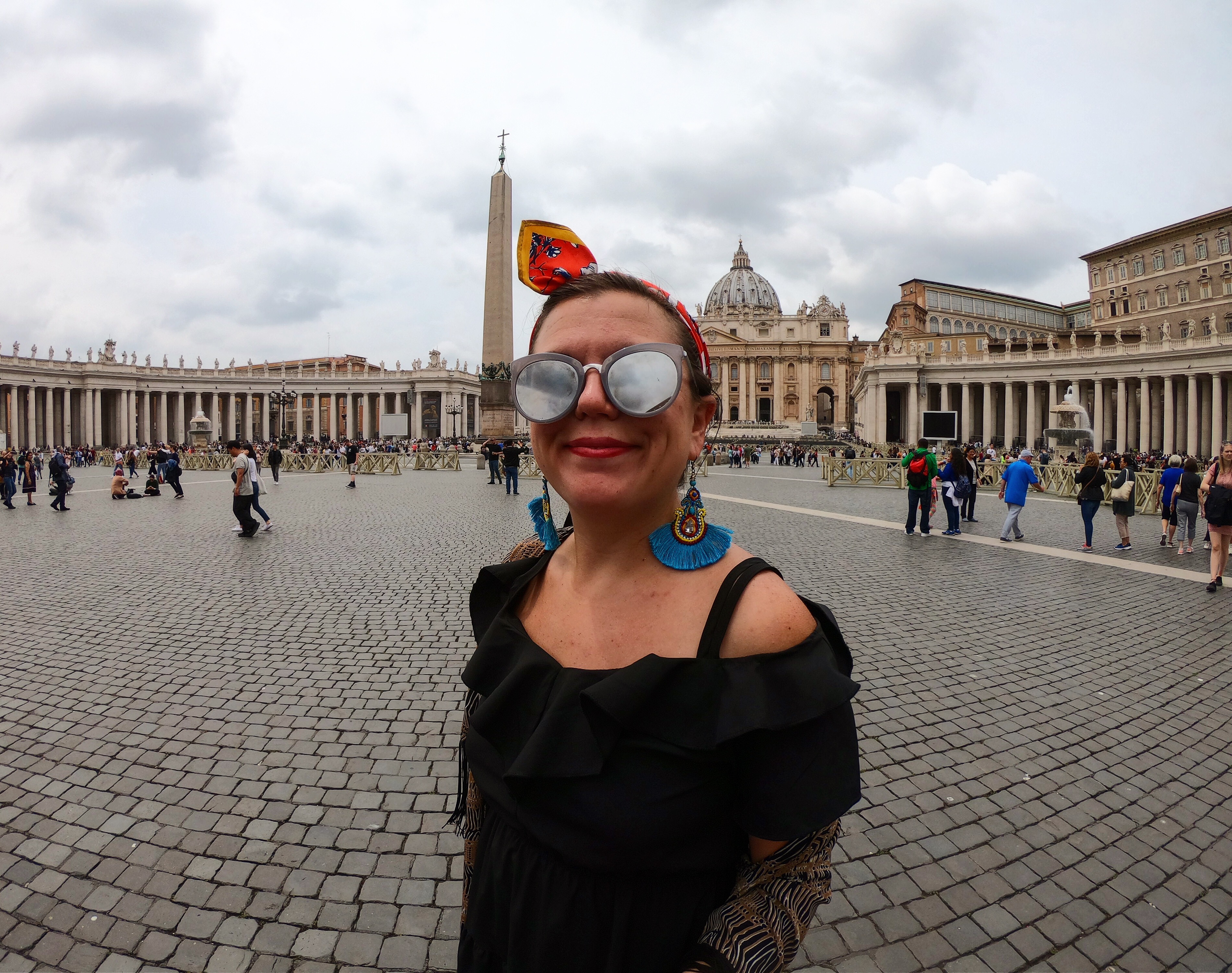
Need a vacation from your vacation? Believe it or not, you can tick off an additional two countries while traveling through Italy, maybe even accidentally so. Vatican City is a landlocked sovereign nation in Rome, and San Marino is landlocked in northeastern Italy. San Marino is just an hour and a half drive from Bologna.
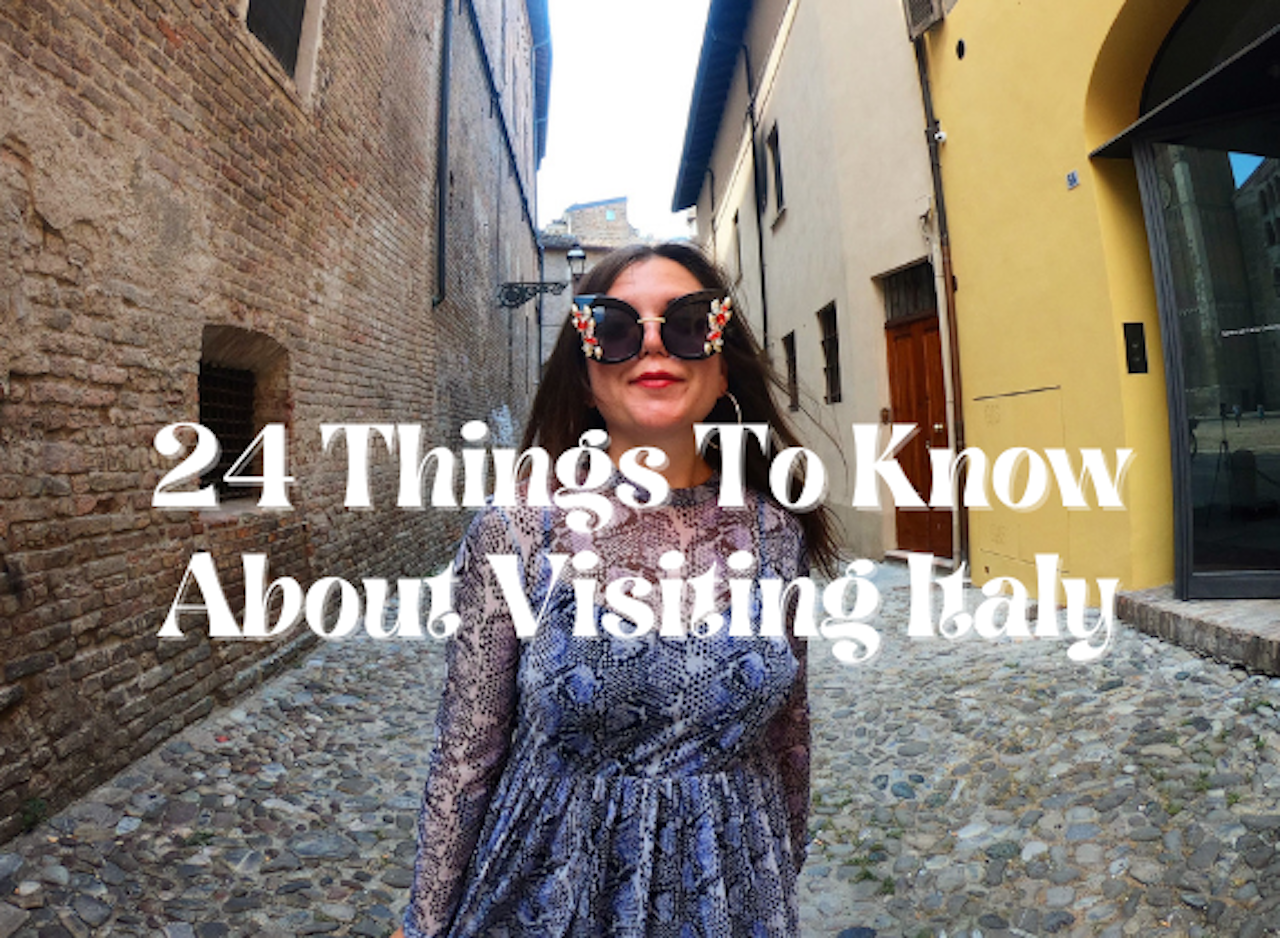
Pingback:One-Day Itinerary For Naples, Italy - No Man Nomad
Pingback:One-Day Itinerary For Milan, Italy - No Man Nomad
Pingback:A White Lotus Getaway: 10 Reasons To Visit Sicily - No Man Nomad
Pingback:The Best Cheap Eats in Bologna, Italy - No Man Nomad
Pingback:Hotel Review: La Roccia Wellness Hotel in Cavalese, Italy - No Man Nomad
Pingback:One-Day Itinerary For Modena, Italy - No Man Nomad